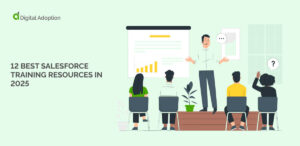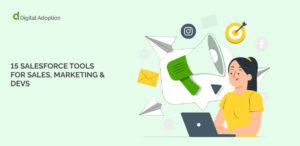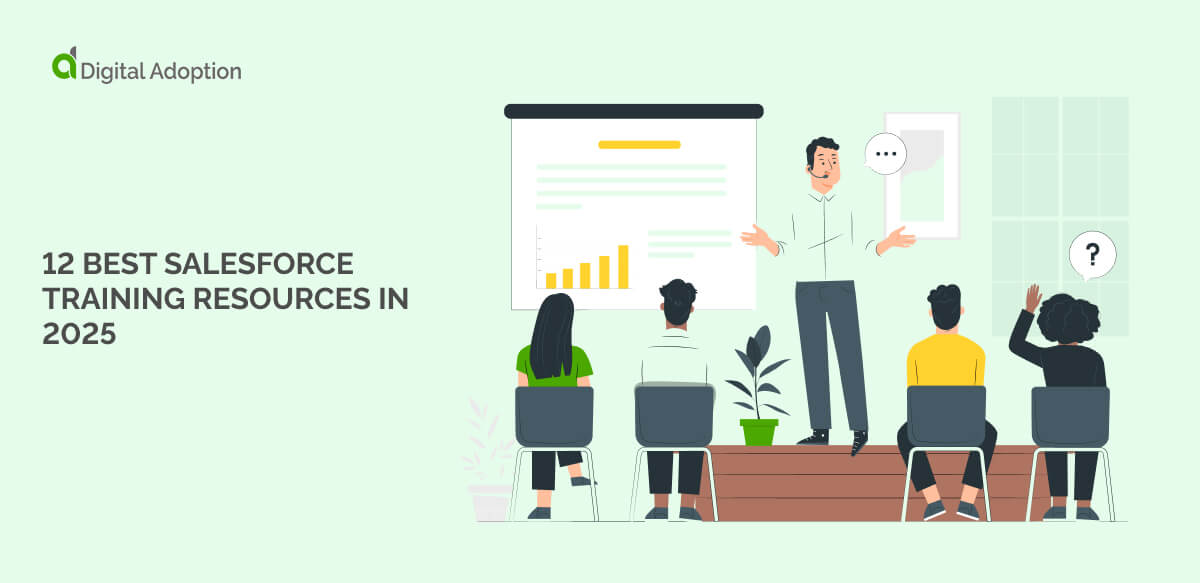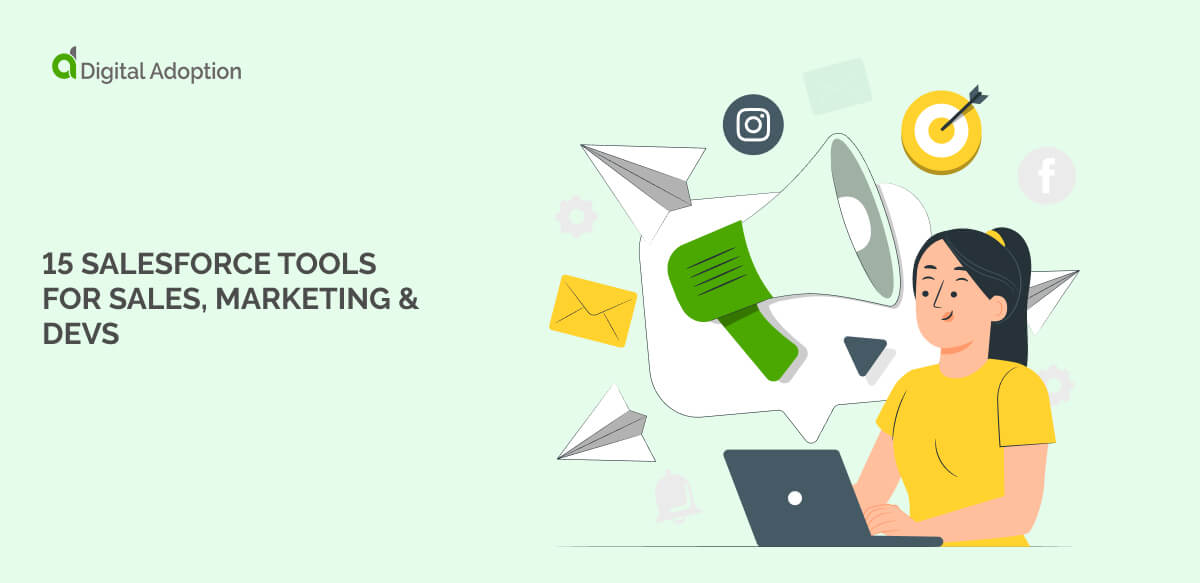Optical character recognition vs. NLP vs. speech recognition vs. voice recognition – how are these terms different?
In this post we’ll answer that question and learn how these AI techniques are influencing our world.
Optical Character Recognition (OCR) in a Nutshell
Optical character recognition (OCR) is an AI technique designed to extract characters from images and turn them into machine- and human-readable text.
For many consumers, OCR is a convenient tool or a novelty. Many consumer-facing apps, for instance, use these to scan handwritten notes and store them digitally – certainly convenient, but not necessarily life-changing.
However, in the business world, the impact of OCR is much greater. One of its most common use cases, the digitization of business records, has significantly and permanently altered the way businesses process and store records.
The automation of OCR-related job tasks also eliminates certain job tasks that, to some people, can be quite tedious. OCR, however, can perform these tasks very rapidly and at a low cost.
The result: OCR can perform these mundane tasks for humans, freeing up employees’ time for more value-added and interesting activities.
Since OCR can “read” and store text far more quickly than by humans, it can also drive a number of business benefits.
These can include financial savings, improved organizational effectiveness, and even an improved the business environment. After all, when people don’t have to focus on mundane and tedious tasks, they will likely be more satisfied with their jobs.
Natural Language Processing (NLP)
Natural language processing refers to another AI technique that also deals with language.
Natural language processing, or NLP, focuses mostly on analyzing text and trying to describe or understand its meaning.
More recently, it is also been used to generate original text. Some of that text does sound quite human and natural, and short texts can even fool many people.
This type of NLP – a type of generative AI – is still in its early stages and it does have limitations. For example, it cannot think and it cannot understand the text that it generates.
That being said, it is advancing quite rapidly, and the other types of NLP techniques are used quite frequently in many digital applications.
A few examples include:
- Analyzing text to understand its meaning
- Extracting topics from text
- Summarizing text
- Translating text into other languages
- Analyzing search queries on search engines
- Extracting the meaning from human speech or written text
Notably, the use of this technology with OCR – and related AI techniques such as speech recognition – can automate tasks and generate new forms of value.
Voice Recognition and Speech Recognition
Voice recognition, as it relates to NLP, refers to a computer’s ability to decode oral speech.
It is often used in voice user interfaces as a means of issuing commands to apps and devices.
As with the other AI techniques covered here, voice recognition is simply one technique that must be used in conjunction with others to provide a value-added service or solution.
It is useful to note that since these technologies are so new, there is often confusion over the meaning and scope of certain terms. For instance, “voice recognition” can also refer to the biometric analysis of a person’s voice – like fingerprints, voice prints can be used to confirm a person’s identity.
Also, though “voice recognition” and “speech recognition” may sound the same, they actually have different meanings.
Speech recognition, also known as speech-to-text or automatic speech recognition (ASR), is an AI technique that analyzes human’s voices and turns the spoken word into text.
Voice recognition is required for speech recognition, but it is only the first step – the second step is transforming that speech into text.
When used with other techniques such as some of the NLP techniques covered above, both voice and speech recognition can be used to automate activities that were once performed only by humans.
Examples of OCR, NLP, Voice Recognition, and Speech Recognition
All of the technologies covered above will drive the adoption of new technologies that will radically change the way we live and work.
Here are just a few examples of how these technologies are already impacting our world:
- Chatbots. Chatbots are apps that allow people to interact with software applications using natural language, usually entered through a keyboard. These chatbots can be used for customer care, employee self-service, technical support, retail, marketing, and more.
- Translation apps. Most of us are familiar with translation apps, such as Google Translate. Apps such as these can use a combination of the techniques covered above, including several NLP techniques, OCR, and speech recognition.
- Speech-to-text apps. Today, speech recognition apps can be used in lieu of handwritten dictation, such as transcribing meeting minutes. Writers may even use speech recognition in their writing process.
- Text-to-speech apps. Text-to-speech apps can be used to read books, articles, or other text out loud. These apps can be used for a variety of purposes, from adding narration to videos to assisting the visually impaired to simply reading books out loud.
Finally, one of the most influential developments is the creation of voice user interfaces, noted earlier. These interfaces can take voice commands, making it even easier to use the devices that are part of our everyday lives.
In the years to come, as the technologies covered here become more sophisticated, we should expect to see them play an even larger role in both the business world and in our daily lives.







![18 Examples of AI in Finance [2025]](https://www.digital-adoption.com/wp-content/uploads/2025/06/18-Examples-of-AI-in-Finance-2025-300x146.jpg)
![14 Examples of AI in Manufacturing [2025]](https://www.digital-adoption.com/wp-content/uploads/2025/06/14-Examples-of-AI-in-Manufacturing-2025-300x146.jpg)




